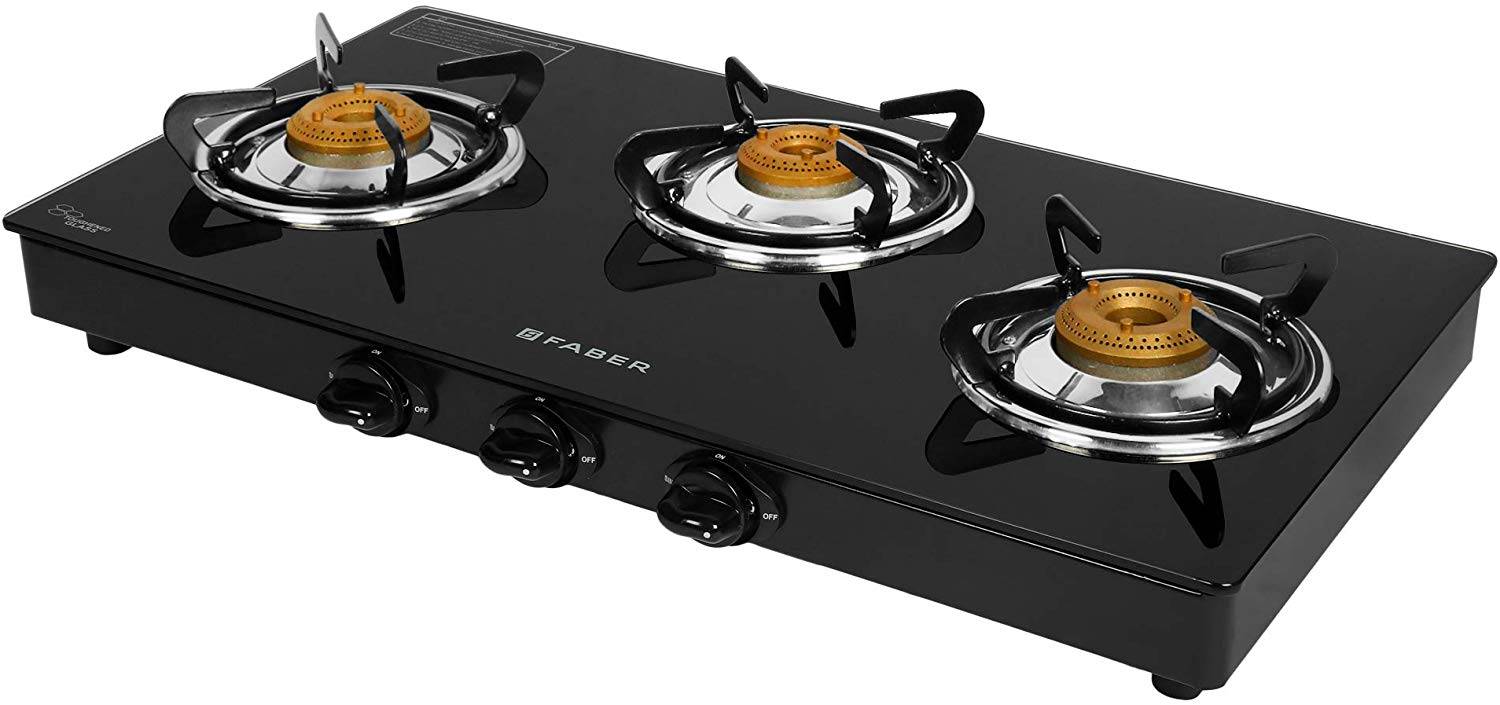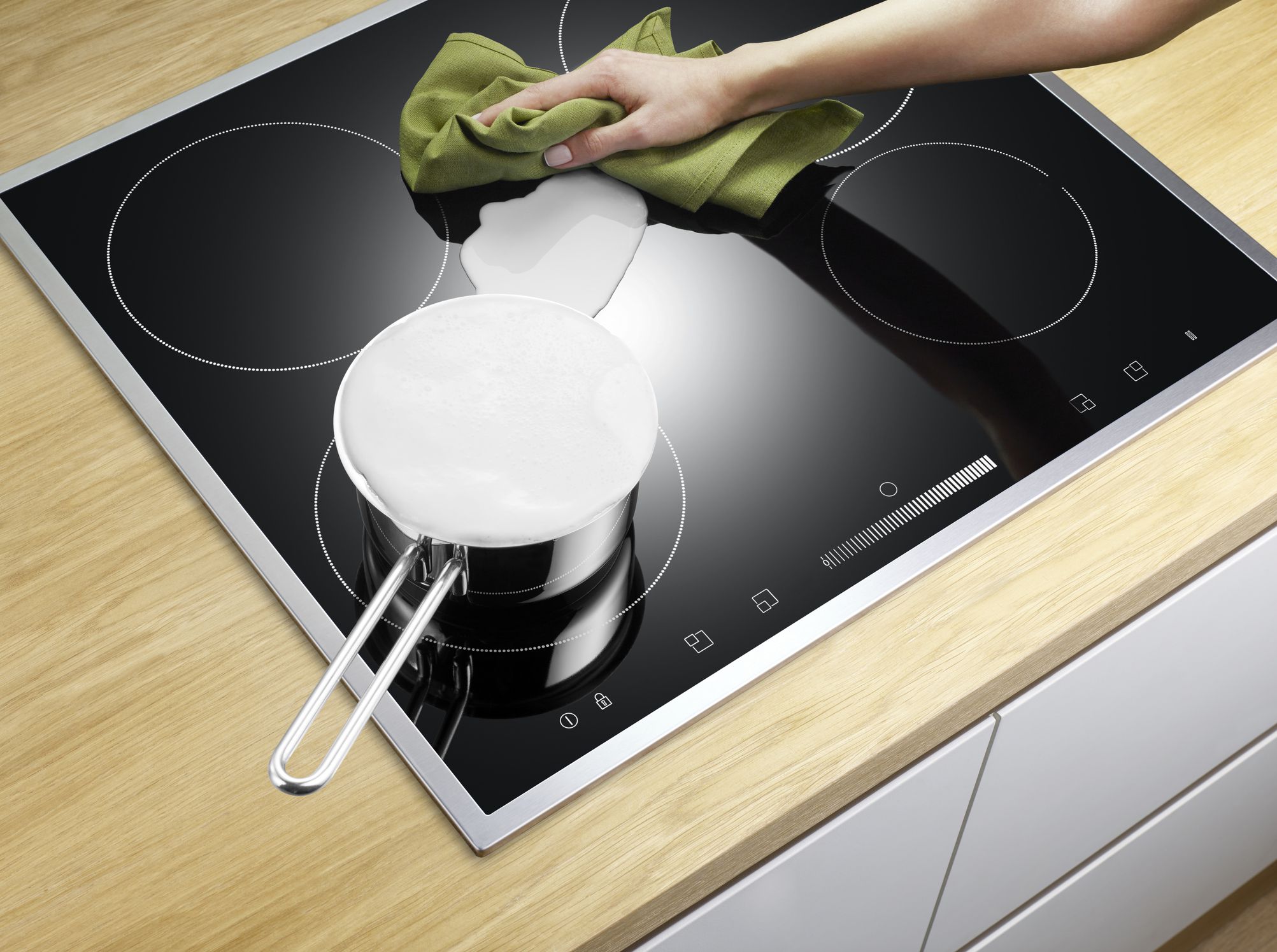Cleaning a Glass Stove Top: Guide to Sparkling Results
I. Introduction to Cleaning a Glass Stove Top

A. Understanding the Importance of Regular Cleaning
Keeping your glass stove top clean is not only aesthetically pleasing but also important for its overall functionality. A dirty stove top can hinder the efficiency of your cooking, affect the taste of your food, and even pose safety risks. Regular cleaning is necessary to remove food particles, grease, and other residues that can accumulate and cause damage over time.
B. Benefits of Maintaining a Clean and Shiny Stove Top Surface
- Enhanced Performance: A clean stove top allows heat to be evenly distributed, ensuring that your food is cooked thoroughly and efficiently. This leads to better cooking results and prevents uneven heating or burning.
- Improved Safety: A dirty stove top can become a fire hazard. Grease and food particles can ignite and cause flames to spread. By maintaining a clean surface, you can greatly reduce the risk of accidental fires.
- Longevity of Your Stove: Regular cleaning helps prevent scratches, stains, and discoloration on the glass surface. By removing corrosive substances and debris, you can extend the lifespan of your stove top and avoid costly repairs or replacements.
- Hygiene and Food Quality: A clean stove top prevents the buildup of bacteria and germs that can contaminate your food. By maintaining a hygienic cooking environment, you can ensure the safety and quality of the meals you prepare.
C. Exploring the Materials and Tools Needed for Effective Cleaning
Before diving into the cleaning process, it is essential to gather the materials and tools required for effective cleaning of your glass stove top. Here are the items you will need:
- Soft Cloth or Microfiber Cloth: These are gentle enough to clean the delicate surface of a glass stove top without scratching it.
- Dish Soap or Glass Stove Top Cleaner: Choose a mild dish soap or a specialized glass stove top cleaner that is specifically formulated to remove tough stains and grease.
- Razor Blade or Scraper: This tool is used to carefully scrape off any burnt-on food or stubborn residues. Ensure that the blade or scraper is suitable for use on glass surfaces to avoid any potential damage.
- Vinegar or Lemon Juice: These natural cleaning agents can help remove stubborn stains and add shine to your glass stove top.
- Hot Water: Use hot water to rinse and wipe off the cleaning solution from the stove top.

II. Preparing the Glass Stove Top for Cleaning
A. Cooling Down the Stove Top Surface
- Ensuring Safety and Preventing Burns
Before cleaning, it is crucial to ensure the stove top has completely cooled down to prevent any risk of burns. This will make the cleaning process safer and more comfortable.
- Allowing the Surface to Cool Completely Before Cleaning
Give the stove top sufficient time to cool down completely. This will help prevent any damage to the surface or cleaning materials due to the residual heat.
B. Gathering Necessary Cleaning Supplies
- Identifying Safe and Effective Cleaning Products
Choose cleaning products that are safe and specifically designed for glass stove tops. Avoid using abrasive cleaners or materials that can scratch or damage the surface.
- Assembling the Tools Needed for a Thorough Cleaning
Gather the necessary tools, such as a non-abrasive cleaning pad or sponge, hot water or steam, vinegar and baking soda paste, commercial glass stove top cleaner, a dry cloth or brush, a spray bottle, a bowl, a scraper, and gloves.
III. Removing Loose Debris and Food Residue
A. Wiping Away Loose Debris with a Soft Cloth

- Removing Larger Particles of Food or Dust
Using a soft cloth, gently wipe away any larger particles of food or dust from the stove top surface. This will help create a clearer surface for deeper cleaning.
- Ensuring a Clear Surface for Deep Cleaning
Make sure to remove all loose debris to ensure a more effective and thorough deep cleaning of the glass stove top.
B. Tackling Stubborn Food Residue with a Scraper
- Safely Scraping Away Stuck-On Food without Damaging the Surface
For stubborn food residue, use a scraper specifically designed for glass stove tops. Hold the scraper at a low angle and gently scrape the residue, taking care not to apply too much pressure or scratch the surface.
- Removing Residue from Hard-to-Reach Areas
Pay attention to hard-to-reach areas, such as around the burners or edges of the glass stove top. Use the scraper or a soft cloth to carefully remove any remaining food residue.
IV. Deep Cleaning the Glass Stove Top
A. Applying a Gentle Cleaning Solution

- Choosing a Safe and Suitable Cleaning Solution for Glass Surfaces
Select a safe and suitable cleaning solution for glass surfaces, such as a commercial glass stove top cleaner or a vinegar and baking soda paste. Follow the instructions on the product or mix the paste using equal parts vinegar and baking soda.
- Spraying or Applying the Solution to Cover the Entire Surface
Spray the cleaning solution onto the glass stove top or apply the vinegar and baking soda paste, ensuring that the entire surface is covered. Allow the solution to sit for a few minutes to loosen stains and grease.
B. Gently Scrubbing Away Stains and Grease
- Using a Soft Sponge or Cloth to Rub the Cleaning Solution
Dampen a soft sponge or cloth with water and gently rub the cleaning solution in circular motions across the glass stove top. This will help lift and remove stains and grease.
- Applying Light Pressure to Remove Stubborn Stains
For stubborn stains, apply light pressure while scrubbing, but avoid using excessive force that may damage the glass surface. Continue scrubbing until the stains are removed or significantly reduced.
V. Polishing and Drying the Glass Stove Top

A. Wiping Away Excess Cleaning Solution
- Using a Damp Cloth to Remove Residual Cleaning Solution
Dampen a cloth with water and thoroughly wipe the stove top to remove any residual cleaning solution. This step ensures that no cleaning product residue is left behind.
- Ensuring a Clean Surface Free from Cleaning Product Residue
Make sure to wipe the stove top until the surface feels clean and free from any cleaning product residue. This will prevent streaks or smudges from forming during the drying process.
B. Buffing and Drying the Stove Top Surface
- Using a Dry and Lint-Free Cloth to Polish and Dry the Glass
Take a dry and lint-free cloth and gently buff the glass stove top surface. This will help remove any remaining moisture and give the stove top a polished appearance.
- Achieving a Sparkling and Shiny Stove Top Appearance
Continue buffing until the stove top is completely dry and has a sparkling, shiny appearance. This final step will enhance the overall cleanliness and aesthetics of the glass stove top.
Conclusion:
Cleaning a glass stove top is essential for maintaining its appearance and functionality. By following a step-by-step guide and using the right cleaning supplies, you can achieve a sparkling and shiny stove top surface. Regular maintenance and prevention strategies will help keep your glass stove top clean and in excellent condition. Enjoy a clean and beautiful cooking experience with a well-maintained glass stove top.
